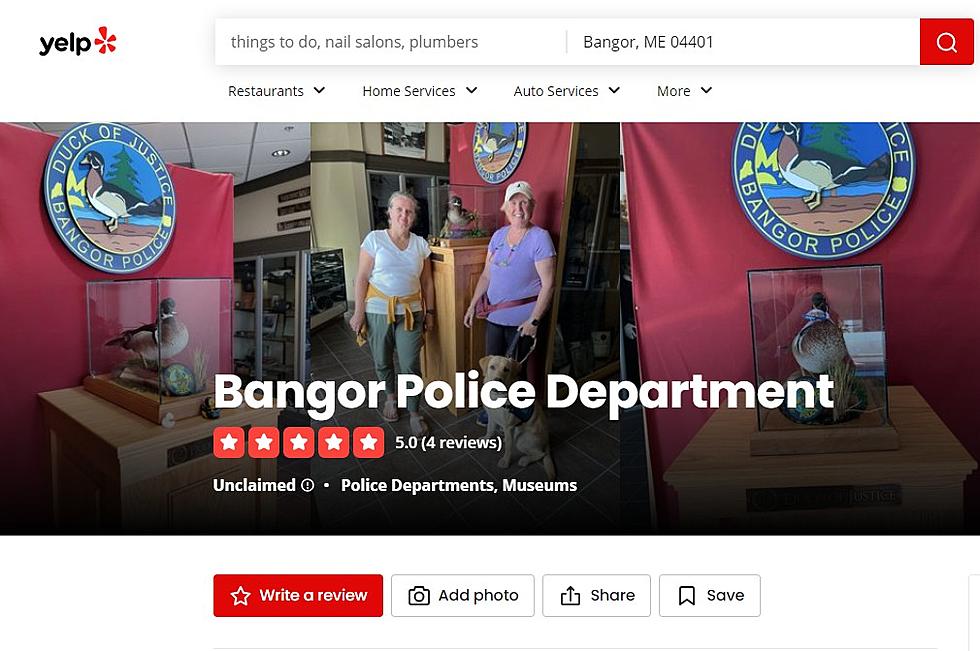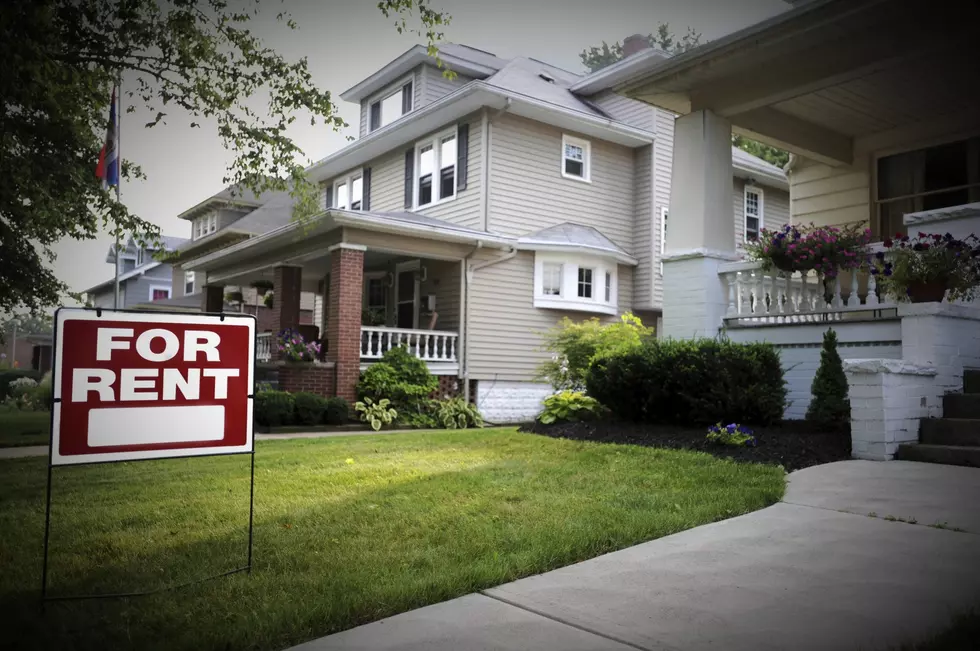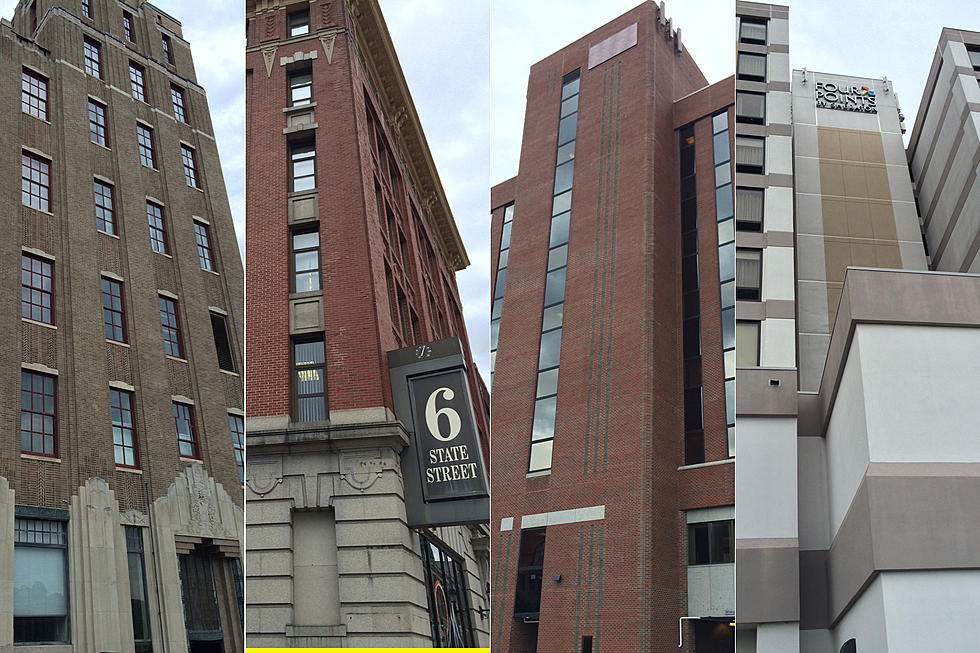Danger Wildlife Ahead + MDOT Safety Tips [VIDEO]
Deer are in no hurry to get out of the way. Yes, the video within this post was not taken in Maine, but surely the overseas animals are comparable to our own four legged creatures.
Believe it or not, winter is slowly coming to an end, and all those moose and deer that have been holed up in the woods are now expanding their search for food, which leads them into the roadway.
Of course moose and deer accidents can be very severe, so it's always wise to slow down where you have seen them beside the road previously. Remember, if you see one there's a good chance that others are right behind it. Pay attention to local landmarks that you pass on your way to work everyday, things like apple orchards, cedar trees and blueberry barrens, things that make for fine gourmet dining, if you're a moose or a deer.
And, if you commute on Mount Desert Island, well that's another story. The deer population on the island is significantly higher than most every where else, as hunting deer is illegal there.
The Maine Department of Transportation offers these tips to avoid a collision with deer or moose.
- Collisions can occur anytime of the year, under almost any circumstances, anywhere in Maine.
- Collisions with deer increase in autumn, peaking in November; moose collisions increase in May and June. But they can happen any time of the year.
- Moose and deer are most active around dawn and dusk. They also travel at night. Deer eyes reflect light from headlights. But because moose are taller, drivers won’t see their eyes reflected in the headlights. This makes moose even harder to see in time to avoid a collision. Use high beams whenever possible.
- The locations for Maine’s moose and deer crossing signs are chosen based on where there are high concentrations and where collisions are a problem.
- Driver distraction and inattention, combined with excess speed, often result in vehicle-wildlife collisions. Always scan the roadside as well as the road. Reducing speed at night greatly improves safety, as does in reduced visibility because of the weather.
- Be alert in rural and forested areas. Deer are commonly seen near fields and orchards. Moose are often found near wetlands.
- Moose and deer often travel in small groups. If one animal crosses the road, you can bet that there are more animals nearby that may be crossing.
- Do not drive beyond your headlights. If you can’t stop within the distance of your headlight visibility, you could hit something just beyond your viewing area.
- If a crash with an animal is imminent, apply the brakes and steer straight. Let up on the brakes just before impact to allow the front of your vehicle to rise slightly and aim to hit the tail end of the animal. This can reduce the risk of the animal striking the windshield and may increase your chances of missing the animal. Duck down to protect yourself from windshield debris.
Here's even more safety tips from the MDOT. In the past three years, 1484 moose have been struck on Maine highways, try not to make it 1485.
More From WWMJ Ellsworth Maine









